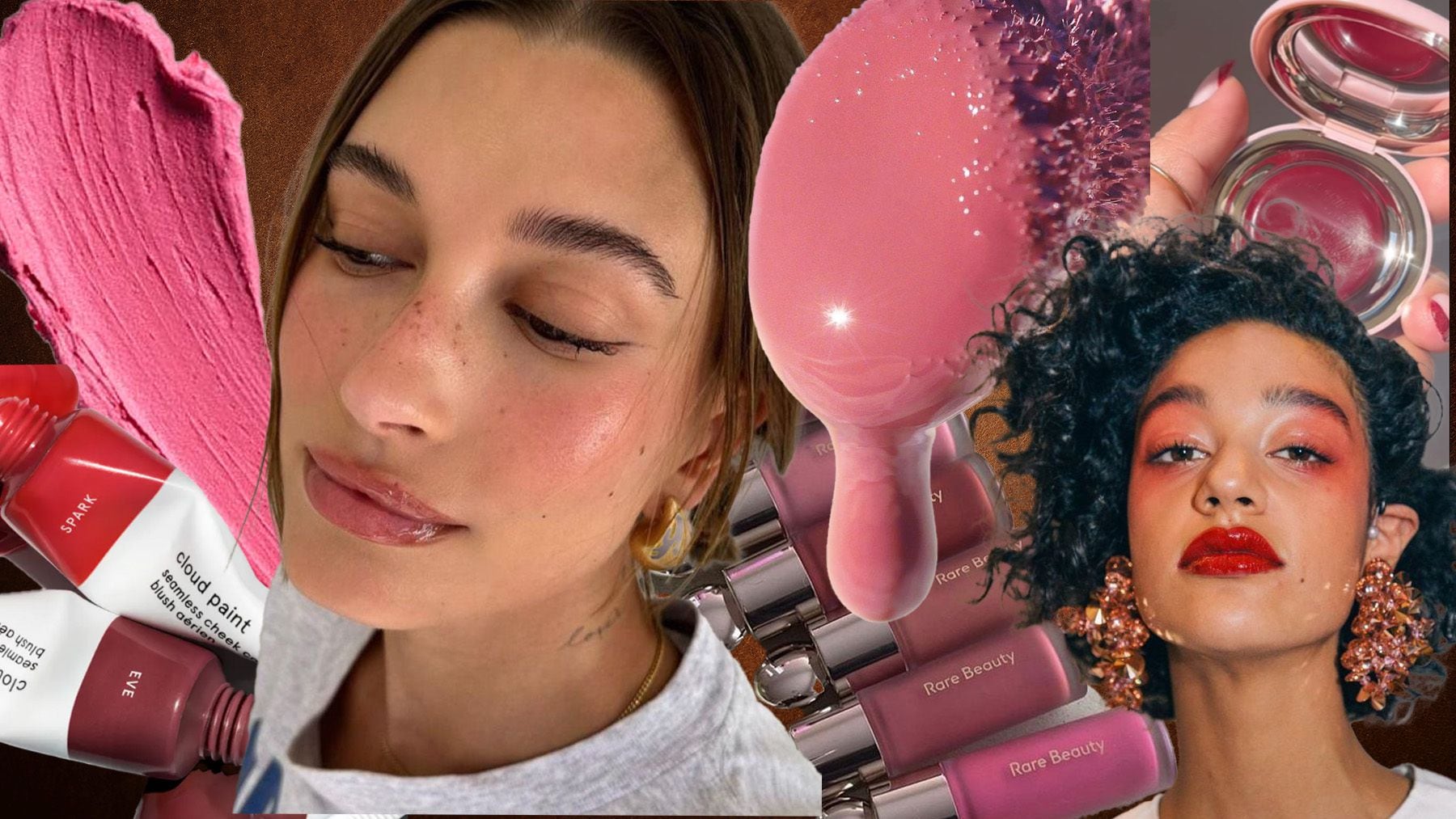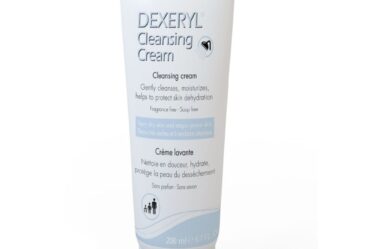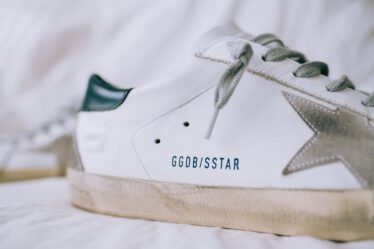
If there’s one product that whips Sophie Shab’s followers into a frenzy, it’s blush.
“The comments are always like, ‘Oh my god I have so many blushes, but I need to try that,’” said Shab, who has 1.7 million Instagram followers under the moniker Trendmood.
Case in point: a post revealing Nyx Cosmetics’ Butter Melt Blush received 26,700 likes, while one on Giorgio Armani Luminous Silk Cheek Tint received 16,500. A bronzer from the same brand collected about half as many.
Shab said every time she thinks her followers will be fatigued, a new innovation in formula or clever marketing will pull them back. “I [know I] have enough blushes… but then it’s like, ‘oh, that’s something I haven’t seen before,’” she said.
Blush, especially in its traditional powder form, certainly wasn’t always considered cool. As contouring and highlighting took over as the dominant complexion trends, blush became considered a little matronly or outdated, while other consumers eschewed it for fear of looking clownish. Now, TikTok trends like “tomato girl” and “strawberry girl” makeup have given the category a boost, as well as new application techniques like blush “draping,” “sandwiching” or “glazing.”
But even for consumers who don’t take their cues from flash-in-the-pan fads, the category is having a renaissance. In the US, blush sales in the prestige market were up 60 percent in 2023 to $427 million, while unit sales increased 58 percent, according to market research firm Circana. Mascara sales – a much more seemingly quotidian product – generated $595 million, only a 6 percent increase.
Brands are rushing to add more blush options to their line-ups, with new formats such as gel, or liquid helping to entice consumers to add another to their routine. A hit blush can be a real boon: for premium cosmetics line Saie, sales of its Dew Blush are some 30 percent of its overall sales, said Lucia Perdomo-Ruehlemann, company president.
To turn a moment into momentum, brands need to be as strategic with their formulas and delivery systems as they are with their marketing.
Fresh Formulas
The sheer variety in the category is part of its renewed appeal – the more options offered, the more consumers that can be reached.
“There’s been an explosion in technology, in innovation and in format,” said Cierra Sherwin, a beauty product developer who previously helped create Glossier’s Cloud Paint blush.
While blush historically was offered as a singular powder block, today there’s liquid (Rare Beauty, Saie, Glossier), cream (Basma Beauty, Makeup by Mario) and more esoteric options, like Milk Makeup’s Cooling Water Jelly Tint. Displayed in a wobbly stick format, it gives a sheer wash of colour. Then there’s skincare-blush hybrids, like Drunk Elephant O-Bloos Rosi Drops, which claims to offer serum-like benefits along with cosmetic ones. Even brands that make powder options are supersizing them: One/Size’s comes with three shades in one palette, Patrick Ta’s contains powder and cream.
A buzzy new formulation or delivery system is likely to generate attention, said Shab – Milk Makeup’s caused so much of a frenzy, the brand had to dissuade people from eating it – but it can also make people feel more at ease with trying the product out.
The proliferation of gel, cream or liquid blushes takes away some of what Perdomo-Ruehlemann referred to as the intimidation factor. These products tend to apply in a more sheer fashion, and even if they don’t – Rare Beauty’s initially went viral for being so pigmented – they’re easy to blend, making it easier for consumers to get the desired look.
“In terms of the actual formulation, [blush] is something where it’s kind of hard to mess up,” said Sherwin.
Other trending qualities come down to the effect on the skin. Dior Rosy Glow Blush became an “it” product thanks to a formula the brand says contains an adaptive complex that allows the finished look to be bespoke to one’s skin tone.
All Aglow
Healthy-looking skin being in vogue certainly helps.
See the popularity of tinted lip balms, freckle pencils and fluffed-up brows. It also chimes with the ongoing rise of wellness practices which encourage or entice with a vision of a more glowing, calming, and perked-up version of oneself. A perky, just-pinched glow is a logical extension of wellness practices.
“I was one of those people who said publicly that I didn’t like blush, and I used to be all about the contour,” said Jamie Genevieve, an influencer, makeup artist and founder of cosmetics line Vieve. “But as I started to experiment with blush, I saw the difference it makes.”
That doesn’t mean that blush is always being used to create a natural-looking effect, however. Trends like the aforementioned glazed blush or blush sandwich use multiple products with bold pigments, and are designed to turn heads. Sherwin said some trends see the blush applied from the centre of the cheek, almost up to the brow bone. TikTok personalities like the model Adison Justis frequently use three or more blushers per look, applying them across the nose and on parts of the chin as well as on the cheeks.
“Some blush trends I’m seeing from Korea, they apply the blush almost under the eye to give a kind of doll-like effect,” said Sherwin.
There’s also a normalisation of professional makeup artist techniques. The idea that cream or liquid products should be “set” with powder has become more mainstream thanks to tutorials on social media from professionals. Consumers are thus more likely to buy two products for one job.
Pick Me Up
Offering immediate, visible results on the skin with a low barrier to entry when it comes to application makes blush a home run, said Genevieve and Sherwin. “Everyone is still working on Zoom all day long,” said Sherwin, describing it as an instant tool. The omnipresence of one’s reflection combined with the flatness video cameras create makes a lick of blush a quick and easy approach.
Skincare ingredients, like the Vitamin C and E found in Vieve’s Sunset Blush Balm, or the omega fatty acids in Drunk Elephant’s, also give a sense of killing two birds with one stone, appealing to time-pressed consumers.
Blush represents a big opportunity for beauty brands, but competition is stiff and expectations are high. Consumers expect formulas to be exceptionally high quality, both long-lasting and blendable. Considering that blushes will likely be layered with other complexion products, the formulas need to be carefully calibrated to make sure they can withstand picking and mixing.
Shade selection matters, too – Genevieve said while not as complex as developing foundation shades, brands need to carefully test to make sure shades are as flattering as possible for a wide range of skin tones, and truly add that “pop” of colour.
For Shab’s followers, they’re looking for more than just skin deep. “It’s that combination of what your eyes see, but then also, that formula you know is making it perfect.”
Sign up to The Business of Beauty newsletter, your complimentary, must-read source for the day’s most important beauty and wellness news and analysis.



